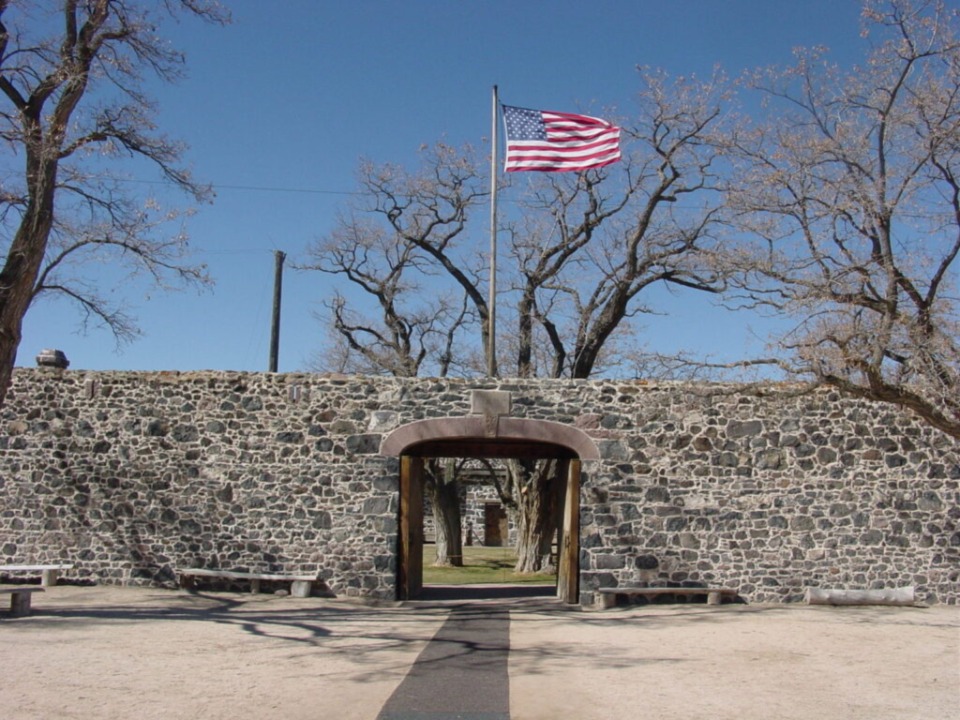
This story appears here courtesy of TheChurchNews.com. It is not for use by other media.
By Sydney Walker, Church News
COVE FORT, Utah
The area surrounding Cove Fort is quiet on an overcast, windy Saturday afternoon as visitors enter the fort’s 4-foot-thick walls — walls of volcanic rock that stand as firmly as they did 154 years ago.
In April 1867, President Brigham Young called Ira N. Hinckley to build a fort and take charge of the Church’s ranch in a desolate area in the southern Utah Territory known as Cove Creek.
Hinckley and his family responded quickly and willingly to the call of the Prophet and left their home 200 miles north in Coalville, Utah. Together they made the fort an ideal home for their family and a welcoming place for travelers.
Halfway between the towns of Fillmore and Beaver, Cove Fort remains a testament of the obedience, faith and dedication of Hinckley’s family and other early Saints. It is believed to be one of the few pioneer forts, if not the only one, still standing in Utah.
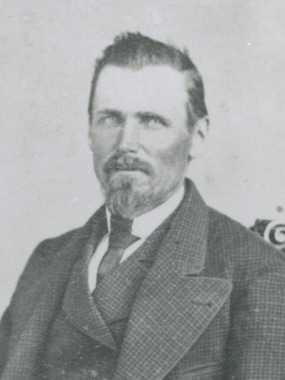
“This is a sacred place,” Cove Fort Historic Site President Dean C Edwards told the Church News. “This may not be part of the historic area where the Church was restored, but it’s sacred. It’s sacred because of the lives of the people who lived here. We feel it. Our testimony and appreciation for those early Saints have grown by leaps and bounds since we’ve been here.”
Sister Lana Edwards, President Edwards’ wife, added: “It’s a testimony that we can continue to be instruments in the hands of the Lord, like the Hinckley family.”
Cove Fort Then and Now
A visit to Cove Fort often begins at the restored Ira N. Hinckley log home, where he and his family lived in Coalville when they were called to build the fort. The home was dismantled, brought to Cove Fort and reconstructed in the 1990s.
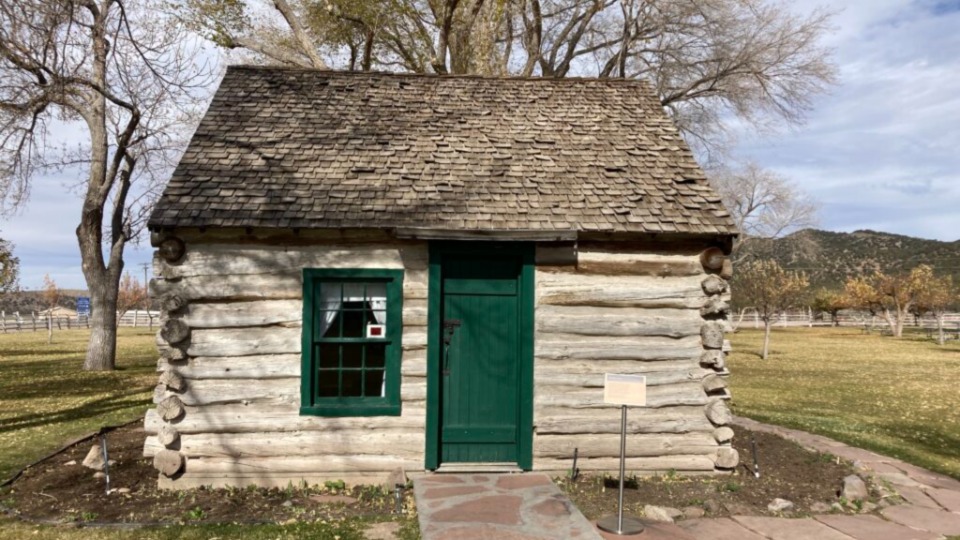
The fort is located across the street that once served as the main road between northern and southern Utah. Visitors can tour each of the fort’s 12 rooms — six along the north wall and six along the south — which include re-creations of the telegraph office, a large kitchen and guest rooms.
Outside the walls of the fort are a reconstructed blacksmith shop, icehouse, hay derrick, garden, barn and corral. These buildings and landscapes give a glimpse into work and life at the fort.
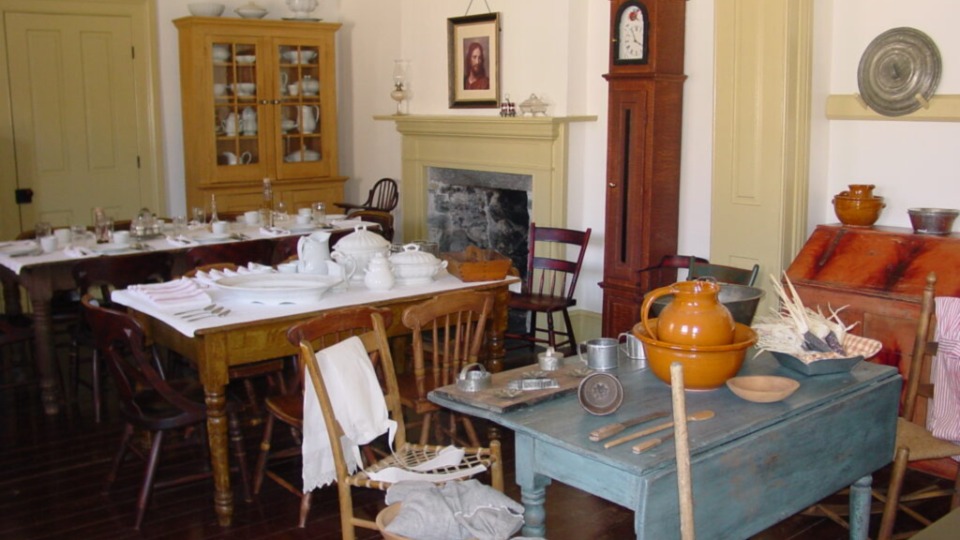
Hinckley built the fort and barn in less than seven months with the help of his brother Arza and craftsmen from nearby settlements. For 15 years, Cove Fort served as an integral way station supporting settlements in southern Utah Territory as the Church expanded from its headquarters in Salt Lake City. With the coming of the railroad in 1882, traffic through the fort decreased significantly. Hinckley’s family continued to work the ranch until 1890.
Built at the end of the Utah Black Hawk War, Cove Fort was intended to be a defense against Native Americans, but the fort was never attacked. Hinckley and his family maintained positive relationships with nearby Native Americans.
The late President Gordon B. Hinckley, a grandson of Ira Hinckley and then-First Counselor in the First Presidency, dedicated Cove Fort as a Church historic site on May 21, 1994.
“This place was constructed to provide safety and rest, nourishment and comfort. …,” President Hinckley said at the dedication. “Those who built and lived here believed in the fatherhood of God and the brotherhood of man. More solid than the foundation upon which these rock walls stand was their quiet faith.”
Edward Milo Webb Jr.
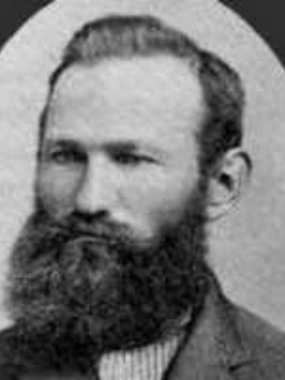
The “quiet faith” President Hinckley cited is illustrated by many involved in Cove Fort’s story, including Edward Milo Webb Jr., one of the men who likely helped Hinckley construct it.
Elder Tony Webb, who is serving at Cove Fort with his wife, Sister Joan Webb, is a great-grandson of Edward Milo Webb Jr.
Growing up, Elder Webb’s family often traveled up and down the I-15 corridor between Utah and their home in Arizona. “Every time we drove by the Cove Fort sign out there on the interstate, my dad would say, ‘My grandfather helped build that fort,’” Elder Webb recalled. “So I’ve heard it my whole life.”
Edward Milo Webb Jr. — whom Elder Webb affectionately referred to as “Junior” — was born in Missouri in 1847. His father, Edward Milo Webb Sr., was one of five Webb brothers who operated the Webb Blacksmith Shop in Nauvoo, Illinois.
“Junior was about 5 years old when they were crossing the Plains,” Elder Webb said. “And as I have read, he was put in charge of 30 head of sheep and two cows. He was herding them all the way across the plains at 5 years of age.”
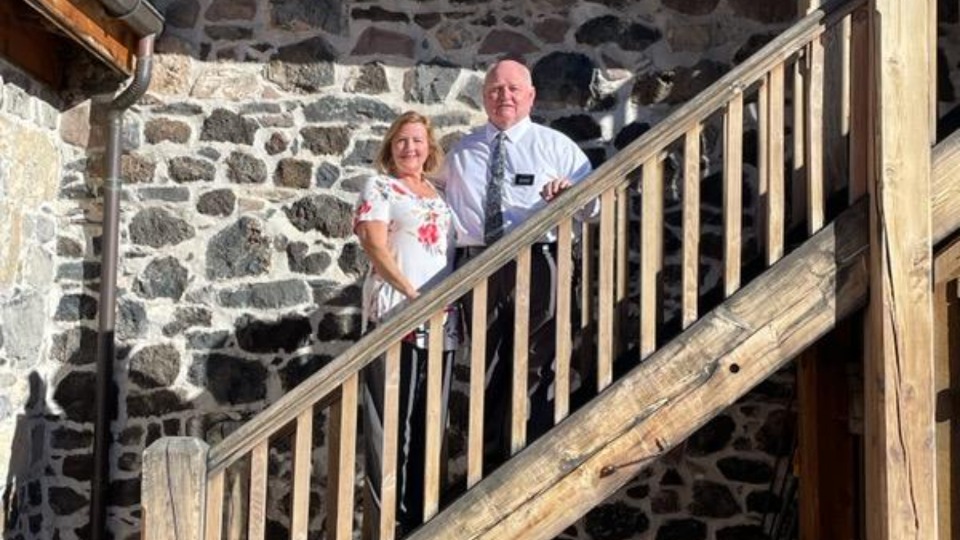
Edward Milo Webb Sr. died of cholera on the trek west and was buried on the banks of the Platte River, in present-day Nebraska. The rest of the family persevered and eventually arrived in the Salt Lake Valley. “They ended up in Fillmore and that’s where Junior grew up,” Elder Webb continued.
When Hinckley arrived in 1867, Junior had just been released from the Fillmore Division of the Army that had been fighting in the Black Hawk War. Junior was 19 or 20 years old at the time.
“I suppose he was recruited to come out here into the fort and Ira Hinckley assigned him to work in the quarry,” Elder Webb said.
Elder Webb described Junior as a humble man who loved learning. After helping with the fort, he attended Brigham Young Academy in Provo and became an educator. He was later called to go to northern Arizona, where he started the Snowflake Academy.
“That Snowflake Academy still exists as part of the original high school,” said Elder Webb, who resided in Snowflake, Arizona, prior to his mission assignment.
“My emotions will flare up when I think of Great-Grandpa,” he admitted. Elder Webb said he never knew his grandfather, Junior’s son.
“He died when I was a baby, so I kind of felt cheated not having a grandpa. Actually, when I am around the fort, sometimes I’ll just wonder if he carved on this rock, and it makes me feel closer to him. There is a tie and a bond I truly appreciate. It makes me happy and melancholy at the same time.”
When asked about how he feels about his great-grandfather and others involved in Cove Fort’s story, Elder Webb said, “They just did their best and they did it right. I love that.”
The Hinckley Family
President and Sister Edwards said this quiet faith can also be seen in the lives of the Hinckley children, who kept busy helping with daily fort life, chopping wood and making soaps and candles.
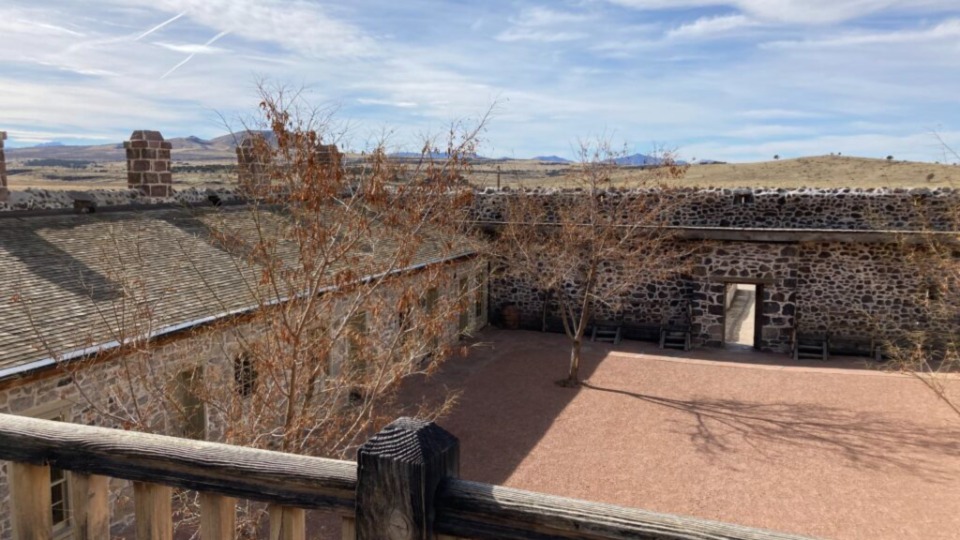
Hinckley and his two wives, Adelaide C. Noble and Angeline W. Noble, began their work at the fort in late 1867 with 10 children.
Arza Alonzo Hinckley, one of their sons, said: “Historic old Cove Fort lives in my memory, not as a fort, but as a home. … Sweet memories of my childhood cling to that spot. ’Twas there I was reared under the watchful care of a noble mother, and the influence of the example of a wonderful father.”
For Luna Adell Hinckley, a daughter, “The years of happy life within the walls of the fort made it not only a safe, but more, a sacred home,” she said, “Cove Fort is a part of us and we are part of it.”
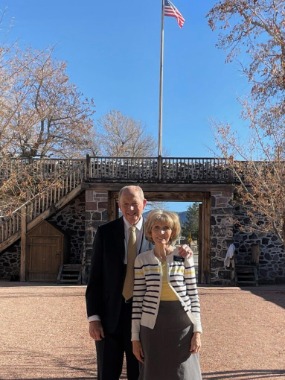
During their service at Cove Fort, President and Sister Edwards have reflected much on the obedience, service, charity and devotion of the Hinckley family and other early Saints.
“We’ve thought so many times,” President Edwards said, “that perhaps the real success of this fort is incorporated in those very words of the children, as they viewed it as a home and place to grow up.”
Sister Edwards added what she has learned: “My testimony has grown of the blessings that come with service. … I think the Lord wants to bless us but He also needs our help — we need to extend ourselves.”
Cove Fort is open year-round to in-person and virtual visitors. To schedule a virtual tour, click here. Find an interactive map of Cove Fort here.
Copyright 2021 Deseret News Publishing Company